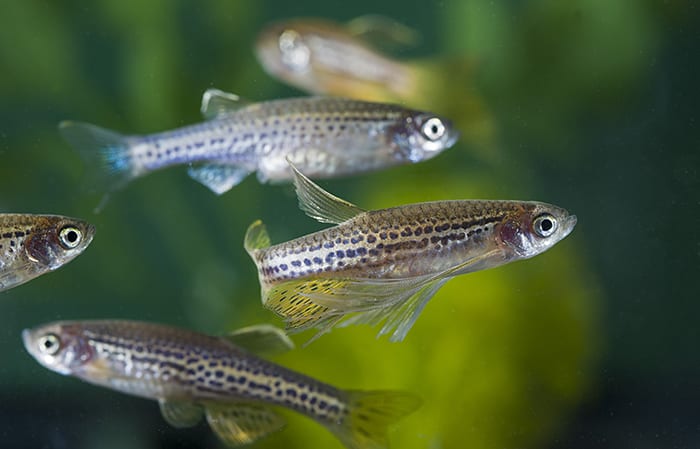Zebrafish share almost 70 percent of genes with humans, so they are ideal models to study genetics of human development and disease. In addition, they are easy to maintain and breed, produce many offspring, have embryos that are easy to manipulate, and are transparent, so it is easy to detect developmental defects. WHOI biologist Neel Aluru was among six early-career scientists to receive a 2015 Outstanding New Environmental Scientist award from the National Institute of Environmental Health Sciences to help launch innovative research into environmental exposure effects on human health. He uses zebrafish to study how early-life exposure to toxic chemicals may lead to developmental disabilities. (Photo by Tom Kleindinst, Woods Hole Oceanographic Institution)
Image and Visual Licensing
WHOI copyright digital assets (stills and video) on this website can be licensed for non-commercial use upon request and approval. Please submit your request via our Media Request Form.
For assistance or accessibility accommodations, call (508) 289-2647.
